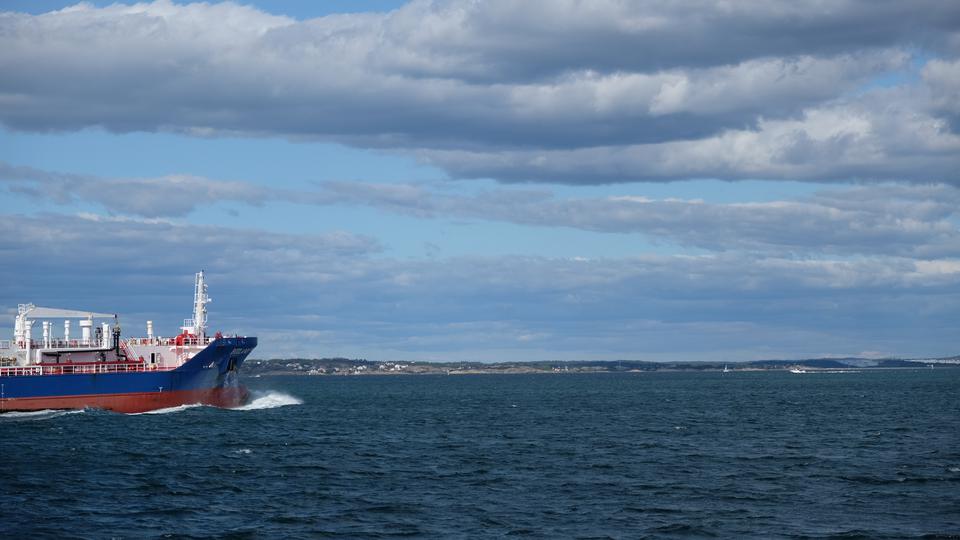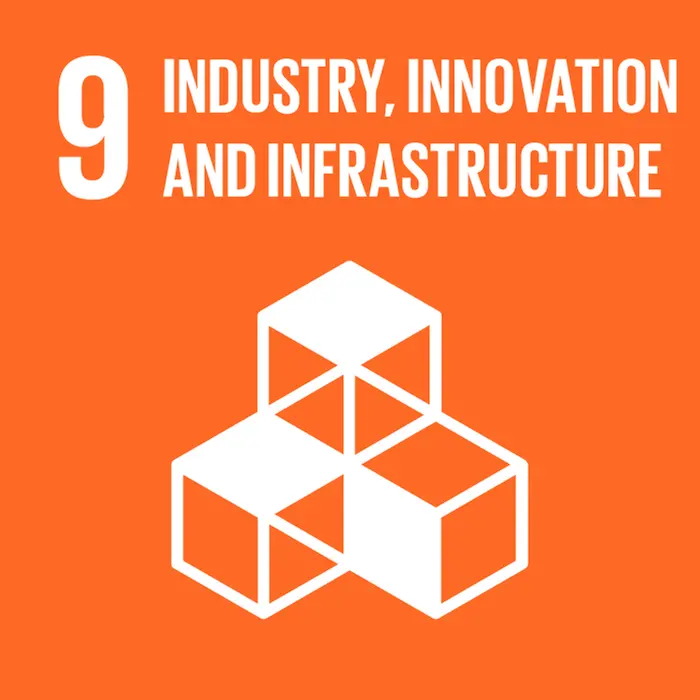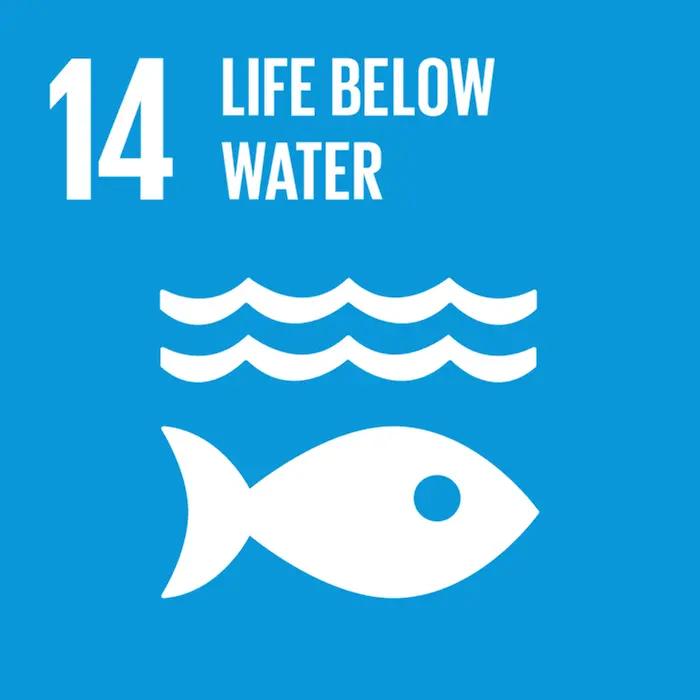
InciteShip – An incentive to reduce underwater noise from ships
InciteShip develops and demonstrates a method for measuring underwater noise from individual ships and investigates incentives for shipping companies and ship owners to reduce the noise. The project is led by IVL Swedish Environmental Research Institute and conducted in collaboration with the Swedish Defence Research Agency, FOI.
The InciteShip project focuses on the emitted underwater noise from ships, which has long been a neglected aspect of their environmental impact. In the project, we develop and demonstrate a new type of measurement station that automatically measures the sound from individual ships along their routes.
We also develop a method to assess the environmental impact on fish, marine mammals, and invertebrates based on a ship's measured noise level and score ships depending on their noise level. This score can then be used in incentive systems similar to those currently in place for other emissions, such as the Clean Shipping Index.
The project will also develop a feedback method for ship owners and investigate how the measurement and reporting system can be operated by an external party in the future. The work will be continuously anchored and communicated through the project's website, via a network of stakeholders, and various activities.
An overarching aim of InciteShip is to support and advance environmental efforts in the shipping industry, and the project wants to contribute to strengthening Swedish shipping industry as a leader in environmentally friendly transportation.
Read more about InciteShip at the project webbpage.
Project facts
- InciteShip – An incentive to reduce underwater noise from ships
- Budget: 10 MSEK
- Financer: Trafikverket
- Project partners: IVL Swedish Environmental Research Institute and the Swedish Defence Research Agency (FOI), with additional support from SMHI and Aarhus Universitet
- Period: 2024 - 2026


